The Link Between Nitric Oxide and Erectile Dysfunction
When nitric oxide (NO) was identified as a very important part of the body’s chemical machinery, scientists couldn’t help but take notice. The breakthrough so engaged the thinking of the scientific community that, according to the Nitric Oxide Society, it launched over 140,000 scientific papers in a number of different directions.
Nitric oxide has certainly come into its glory. However, the disappointment of the Nitric Oxide Society is that nitric oxide remains underappreciated among the general public. The Society points out, “Although NO is widely recognized and appreciated in the scientific and medical community, there is still very little awareness around NO by patients and consumers.” Ideally, we should all be filled with gratitude and wonder for nitric oxide. Today’s post looks at why, from the angle of nitric oxide’s invaluable protective role.
To begin, let’s look at the endothelial cells. These cells are your body’s main producer of NO. One of the key roles of NO is in a network of vessels in your body that are made up of arteries, capillaries and veins. NO works by opening them up to keep blood flowing freely throughout your body, including your heart and your brain. With this opening – up, come benefits such as, good circulation, healthy blood pressure, increased energy and erectile health. Without this opening – up, come problems related to the narrowing of blood vessels – such as, heart disease and Erectile Dysfunction.
Nitric Oxide and ED: A Leading Indicator for Cardiovascular Disease
When you get right down to it, nitric oxide plays a major role in keeping your endothelium healthy and a healthy endothelium helps produce more NO. When you’re young and healthy, your nitric oxide system is working at its optimal best and you’re able to produce NO in abundance. So far, so good. Now, here’s the problem. As you age, your endothelial function declines and your capacity to produce nitric oxide deteriorates. Studies have shown that by the age of 40, men produce half the nitric oxide they did in their youth.
Insufficient NO can set in motion a chain reaction that can eventually lead to cardiovascular disease (CVD). As you produce less nitric oxide, your endothelium faces increased vulnerability. When your endothelium is more vulnerable, damage can occur. When damage occurs, your endothelial cells become irritated, which further impairs their function. This particular condition is called endothelial dysfunction.
With endothelial dysfunction comes impaired vasodilation – meaning your blood vessels become less flexible. This contributes to high blood pressure, inflammation and plaque build-up. (When plaque builds up in your blood vessels, it’s called atherosclerosis). Where does the plaque in your vessels come from? It is the result of an irritated endothelium. It’s a vicious cycle.
Your body’s immune system is always on the lookout for potentially threatening situations that can result in harm to your body. So, when your endothelial cells become damaged, your immune system responds by attempting to fix the problem. It tries to fix the problem using cholesterol as a kind of plaster to cover up the damaged area.
Now, if the proteins carrying the cholesterol are not the good type (HDL) but the bad type (LDL), an inflammatory reaction results – which makes things even worse. In addition to LDL cholesterol, inflammation can come from things like, smoking, a high blood sugar level and a lack of sleep and stress, among other causes.
A continuously inflamed or irritated endothelium encourages calcium and sticky blood platelet cells to adhere to the endothelial surface causing plaque formation. These plaques can encourage a blood clot to form. Such a clot can at times peel away from the endothelium and block an entire vessel, which can lead to a heart attack or stroke.
To be clear: endothelial function is associated with cardiovascular health and endothelial dysfunction is associated with cardiovascular disease.
To be even clearer: The endothelium needs to be protected to minimize the risk of developing cardiovascular disease (CVD), and nitric oxide plays this key protective role.
To digress, here’s an important fact. The penile vessels are smaller than those supplying other parts of the body. This means that cardiovascular problems will usually show up as Erectile Dysfunction years before cardiovascular disease becomes evident or diagnosed. Erectile Dysfunction is an early sign of endothelial dysfunction and therefore CVD.
Thinking About Nitrix Oxide Supplements for ED?
Back to endothelial cells. We know they can get pretty messed up. The good news is – endothelial dysfunction is a reversible disorder. Increasing nitric oxide production can revitalize endothelial function and help prevent the cascade of damage described above. It is not forever out of reach to re-create nitric oxide in our bodies and we have some control in reversing this damage through physical exercise, the foods and supplements we eat, ESWT (shockwave therapy) to rejuvenate the vasculature in the penile tissues and certain lifestyle changes. That, however, will be the subject of another post.
To conclude this one. Now that you’re aware of nitric oxide’s critically important protective role in your body, you’re probably filled with genuine admiration for the miracle molecule. Should you feel compelled to learn more, a good place to start is the website of the Nitric Oxide Society.



